The Impossible Girls
Let’s talk about unachievable perfection
Photo by Elinda Xiao
The Manic Pixie Dream Girl empathizes on perfection in quirky, beautiful women, but their love interests never see them as humans.
So, there’s this girl…
She’s super smart. And like, she spends all of her time counting the stars or braiding kelp together to make seaweed crowns, or something. She has big eyes and she’s pretty, but not in a conventional way. No, she has bright blue hair and flawless makeup, even though she never spends time on her looks because she’s not vain like other girls.
Usually, she’ll talk in profound quotes about fatality or love, and everyone’s always super impressed with how intellectual she is.
This is the type of girl that only exists in stories.
It’s a common archetype in Young Adult literature these days: the Manic Pixie Dream Girl, a teenaged girl who exists only to serve the straight male protagonist.
This kind of character is commonly found in stories by John Green, such as Alaska from “Looking For Alaska.”
“Dream Girls” are also usually the protagonist’s love interest, and the protagonist is constantly in awe, wondering how a girl this perfect could be in love with him.
Sometimes, Dream Girls exist to serve as a foil to the protagonist, but it never really works out. Most of the time, the protagonist is much too bland to adequately compare to the inhumanly perfect Dream Girl. No, instead the protagonist will most likely spend a majority of the book pining after the girl, only to have their love soiled by a twist near the end of the book.
The puzzling thing is that in these books, the male protagonist is usually quite realistic. He has dreams and fears, like any rational human, and also has a personal goal, or a specific drive that motivates him. These characters are often believable, flawed humans.
Meanwhile, the Dream Girl is a literal mystery of nature. She has no real motivation or goals, and her story never goes beyond the points where her life connects with the protagonist’s. She doesn’t have any motive except to support the protagonist in whatever he does. Ironically, this Dream Girl does not have any dreams of her own.
It’s not hard to realize why these two character archetypes end up so different in the same book. The author, usually male, projects his own adolescent self onto the main character. The female love interest, likewise, is written from his own ideal woman. As a character, this isn’t particularly offensive, but it does mean that the Dream Girl is nothing more than an idealized husk.
If the male main character of a story should have independent dreams and wild ambitions, then it should be expected that his love interest be as fleshed out as he is. But instead, the trend of having a beautiful, special, mystical and all together unachievable paragon of human perfection as a female character has become upsettingly too common to ignore.
This fiction trope means that while the young male readers have realistic role models to look up to, young girls are left disappointed with a one-dimensional representation.



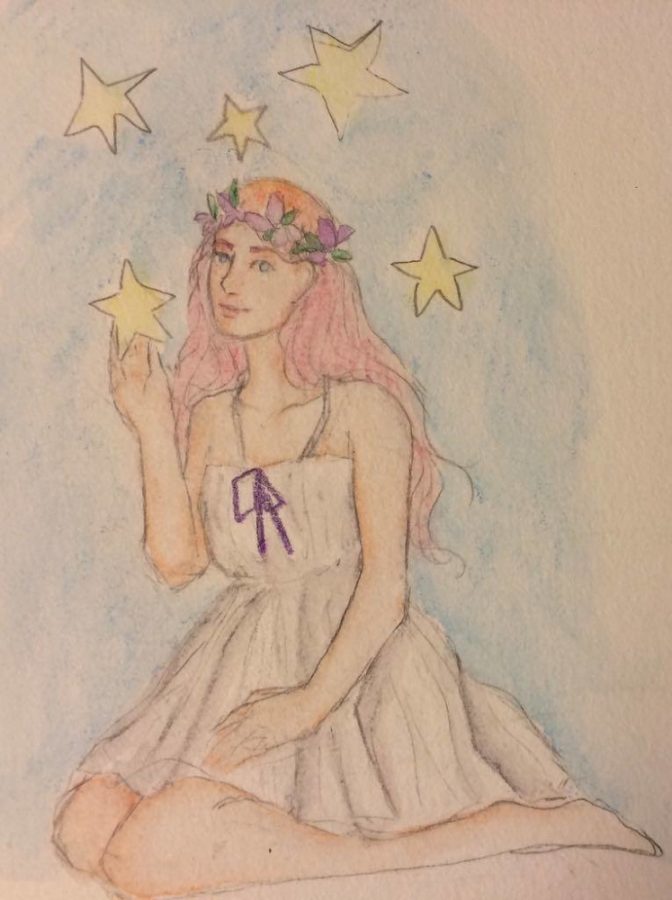
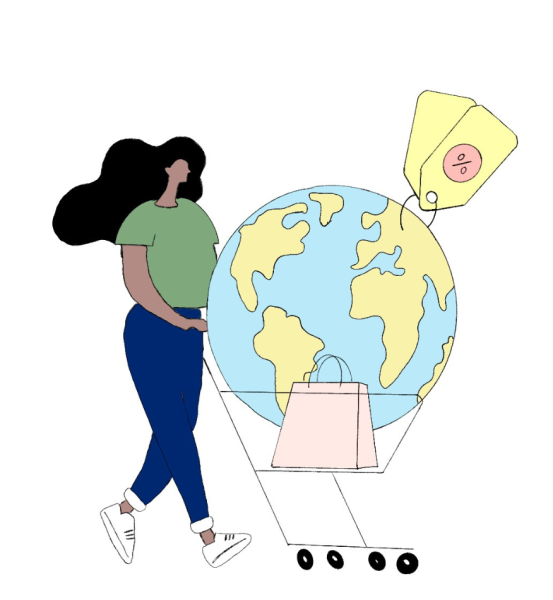
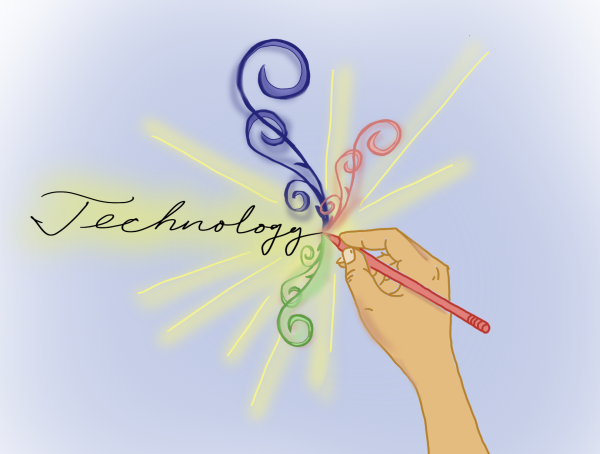
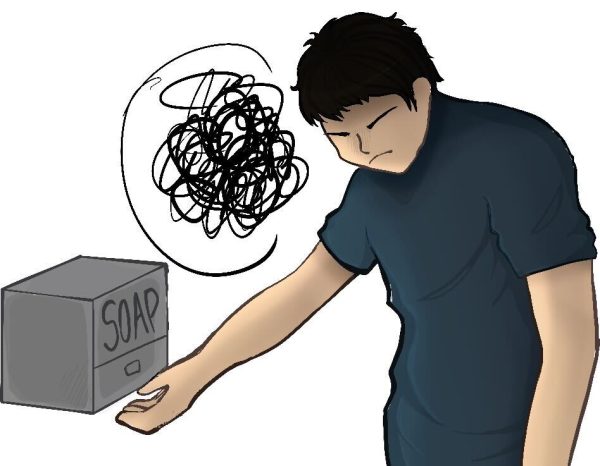
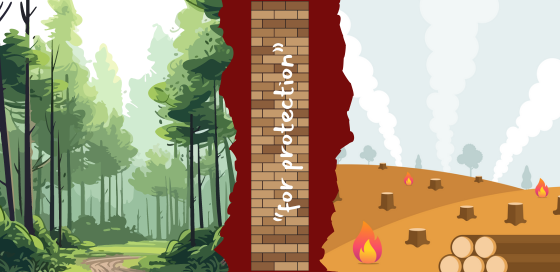

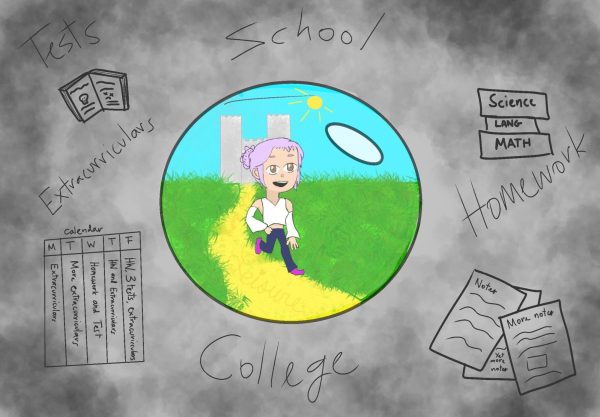
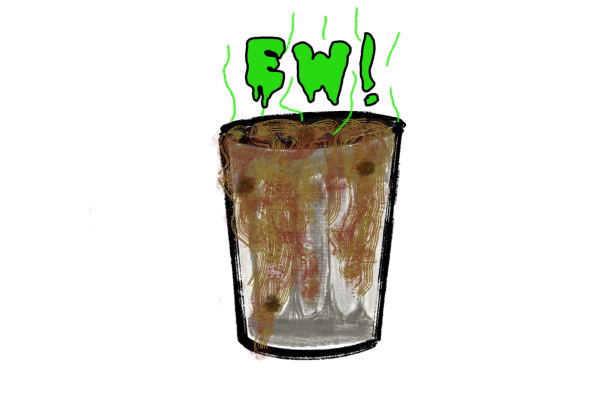
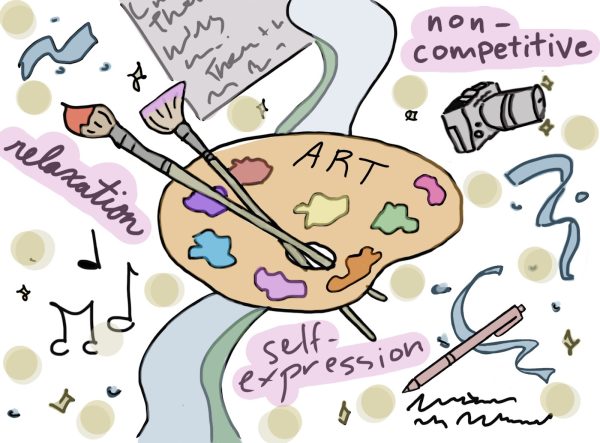
Jamie Siegler • Nov 22, 2016 at 8:14 pm
This was a very enlightening piece of writing! It was interesting to see the backstory as to why stories are typically written this way and therefore increase the pressure of young girls needing to fit social ideals.
John Cena • Nov 22, 2016 at 6:49 pm
If the author is male of course he’ll be able to more authentically portray the male character because it’s what he knows. Maybe if more females would write young adult novels the female perspective would be better illustrated.